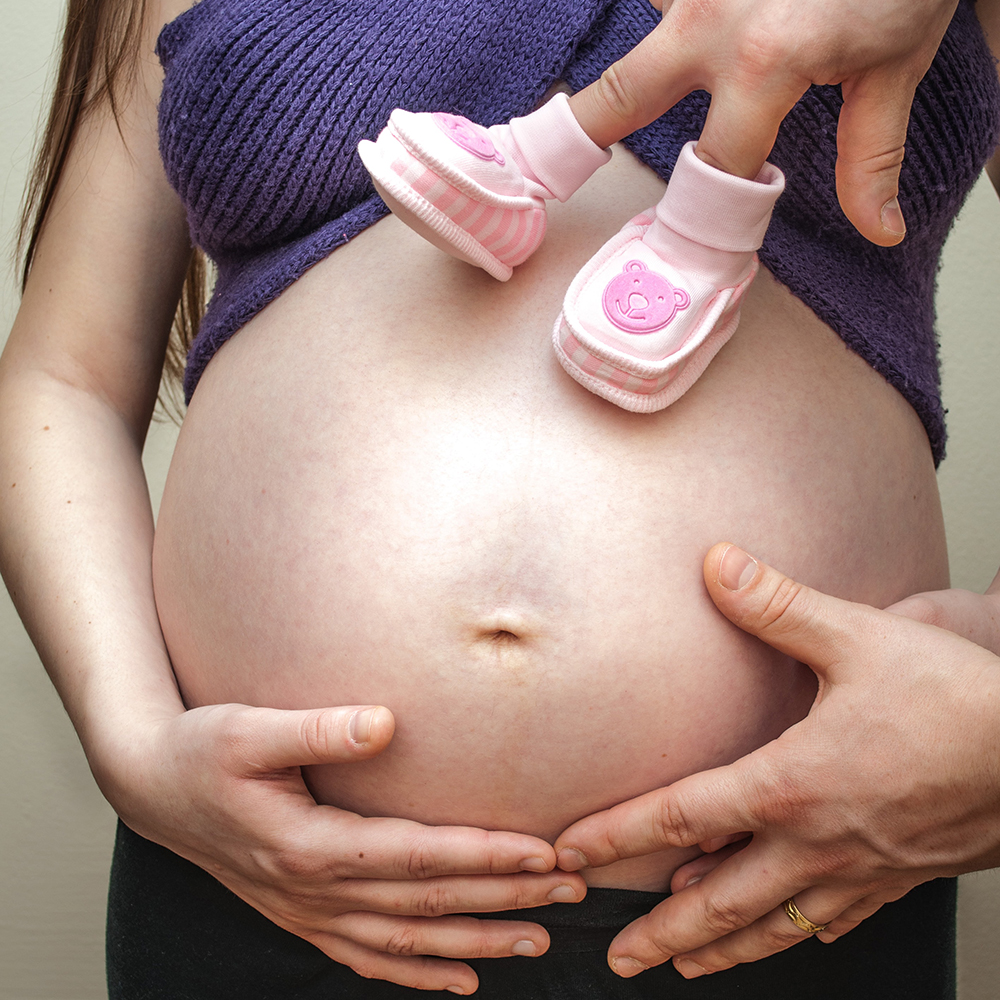Life after pregnancy is somewhat of a mystery. Some mothers feel better than they ever did before, and some need a little extra time to feel like themselves again. Watching out for your health (and your baby’s) is key after you give birth, as there are many issues that can arise post-pregnancy. One of these issues is Diastasis Recti or abdominal separation. This is a common condition that happens in women over 35, have a high-weight baby, or have multiple pregnancies. It can be noticeable right after the delivery of the baby. We’ve uncovered some of the most tell-tale signs you have Diastasis Recti. Keep reading for the signals your body may be giving you and the treatment plans you can start to fix this condition.
View this post on Instagram
A post shared by Bianca May Cheah (@biancamaycheah) on
The 5 Most Tell-Tale Signs You Have Diastasis Recti
Diastasis Recti happens more often than one might think. About two-thirds of women get it, and you might not even notice it. According to Healthline, pregnancy puts so much pressure on the belly that sometimes your abdominal muscles cannot keep the shape that they had before you gave birth. Again, most of the time women over 35, those who are carrying big babies, or having multiple births get diagnosed with this condition. Men can get it too, from gaining and losing weight or even working out! The reasons to treat it are that it may cause lower back pain, constipation, urine leaking, or even a hernia. Below are some of the signs you might have.
1) A belly or “pooch”
2) Lower back pain
3) Bad posture
4) Bloating
5) Constipation

What Is The Treatment For Abdominal Separation
In most cases, abdominal separation can be treated and become a non-issue. Your core will be weakened post-birth, so you might need to wear a binder for support during the day. You will need to avoid some activities if you have rectus diastasis. According to Healthline, do not lift anything that is super heavy, because this will further strain this part of your body. Do not do any sort of crunches, sit-ups, or planks until you have fully healed. This might make you feel worse. It is actually best to avoid any exercise that may strain the abdominal muscles. Also, avoid carrying your baby on one hip. Support your lower back at all times. Do not cough without supporting your abdominal muscles.
To start to strengthen your core, do modified pregnancy-safe exercises for Diastasis Recti. This includes pelvic floor and deep stomach muscle exercises. We recommend you speak with a doctor or specialist about the best routine for you. In the worst-case scenario, you may need to have cosmetic surgery to reduce the bulge.

